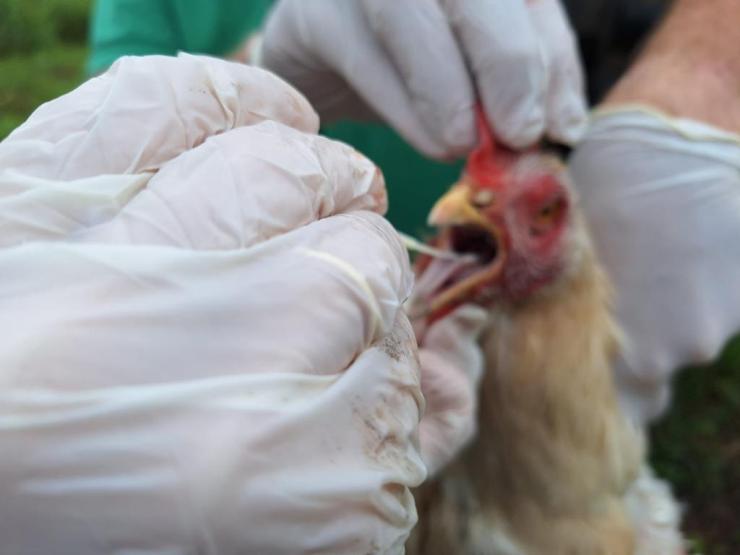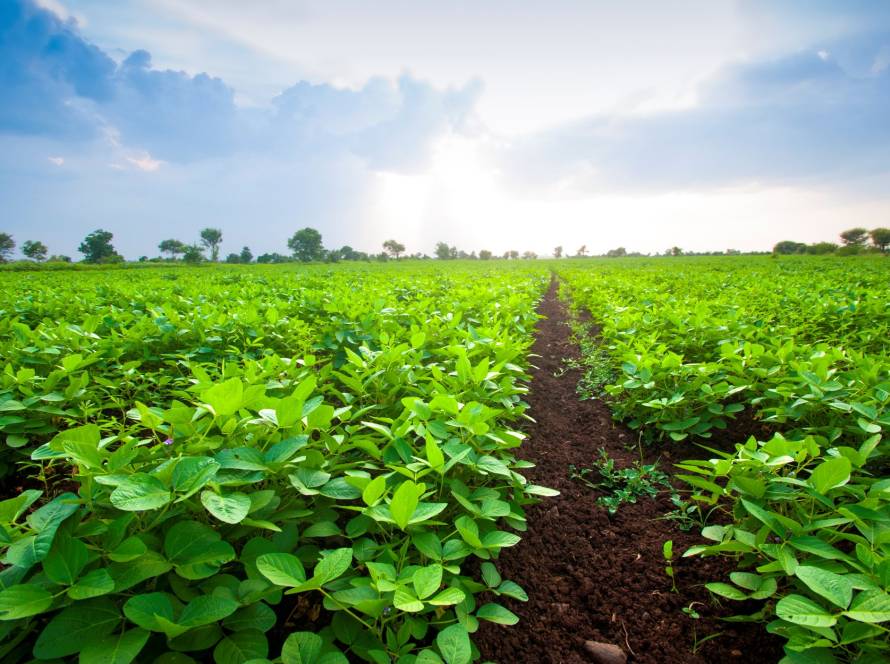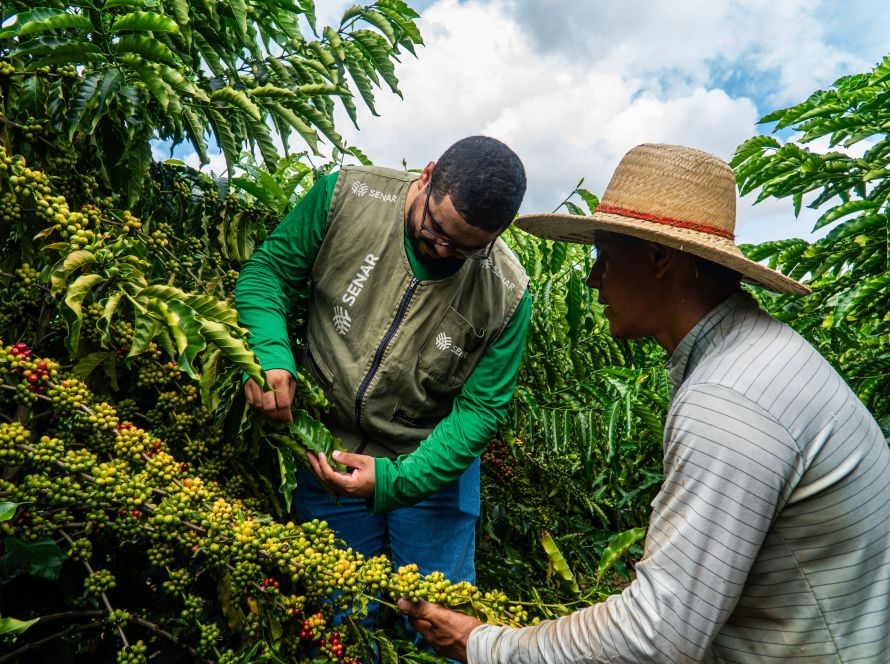This Wednesday (17/09), the Mato Grosso Institute of Agricultural Economics (Imea) and the National Rural Learning Service of Mato Grosso (Senar-MT) presented the results of the CPA Project – Cost of Agricultural Production for the 2025/26 harvest. The event was held in the auditorium of the Federation of Agriculture and Livestock of Mato Grosso (Famato), in Cuiabá, in a hybrid format with live broadcast, and was attended by more than 50 people, including rural producers, technicians, sector leaders and press professionals.
The CPA currently monitors 12 agricultural activities in Mato Grosso, based on 57 modal panels. Between October 2024 and August 2025, 32 production cost panels were reviewed, including 9 for soybeans and corn, 3 for cotton, 6 for beef cattle, 3 for dairy cattle, and 3 for swine. Other sectors, such as sugarcane, eucalyptus, beans, sesame, round fish, and teak, each received one panel. This edition also expanded the study to include two new activities: beekeeping and coffee growing, with a panel for each.
At the opening ceremony, Senar-MT superintendent Marcelo Lupatini emphasized the project's relevance to producers and society. "The CPA is a tool that clearly reflects the reality experienced by our rural producers. By providing solid information on costs and profitability, we offer not only a snapshot of production but also tools for decision-making in the field. This reinforces Senar-MT's mission to support the management, training, and sustainable development of rural families," he emphasized.
Imea's Market Intelligence Coordinator, Rodrigo Silva, emphasized the thoroughness of the survey process until the results are finalized. "The methodological rigor and thoroughness of the work guarantee the reliability of the CPA results. Months of surveying, organizing, and validating with producers, technicians, and specialists are required to arrive at figures that truly reflect the reality of Mato Grosso. This commitment is what gives the CPA its status as a national benchmark for production costs," he stated.
Rodrigo also highlighted the expanded scope of the survey in this edition. "It's important to note that the CPA now includes production chains such as coffee farming and beekeeping, which were included in the survey for the first time. This demonstrates the project's progress and commitment to increasingly portraying the diversity of our agricultural sector. We had a coffee panel in Colniza, with an estimated average annual cost of R$11,416.36 per hectare, and a beekeeping panel, which provided unprecedented indicators on the activity in the state. This expansion reinforces the CPA's role as a strategic instrument not only for major crops but also for activities that are gaining economic and social relevance in Mato Grosso."
The results were presented by Imea production cost analysts Abraão Viana and Milena Habeck, who detailed the main economic indicators of the production chains. The study showed that Mato Grosso's agriculture sector faces rising costs, especially for fertilizers and pesticides. For soybeans, for example, the total cost of the 2025/26 harvest reached R$ 7,657.89/ha, an increase of 7,69% compared to the previous harvest, driven primarily by the 9,23% increase in fertilizer costs and the 4,33% increase in pesticide costs. For corn, the total cost increased by 9,69%, reaching R$ 6,684.91/ha, also pressured by agricultural inputs.
At the same time, the profitability of key crops is under pressure. Soybean, which recorded EBITDA of R$ 1,961.45/ha in 2024/25, is projected to decline by 43.76% in 2025/26, falling to R$ 1,103.03/ha. Corn's profitability margin is also shrinking, with EBITDA estimated at R$ 515.60/ha, a decrease of 47.86% compared to the previous harvest. Cotton, while remaining the most attractive crop in the second harvest, also shows a significant margin reduction, with EBITDA projected at R$ 4,097.35/ha, a decrease of 33.61% compared to 2024/25.
Even so, the CPA points to efficiency and management approaches that can mitigate risks and prepare producers for market fluctuations. The report shows, for example, that the soybean breakeven point in 2025/26 will be 52.49 bags/ha, while the projected yield is 60.45 bags/ha, guaranteeing producers a margin over the actual operating cost of 7.96 bags/ha. For corn, the estimated yield of 116.61 bags/ha exceeds the breakeven point of 107.29 bags/ha, allowing the activity to remain economically viable even in the face of rising costs.





